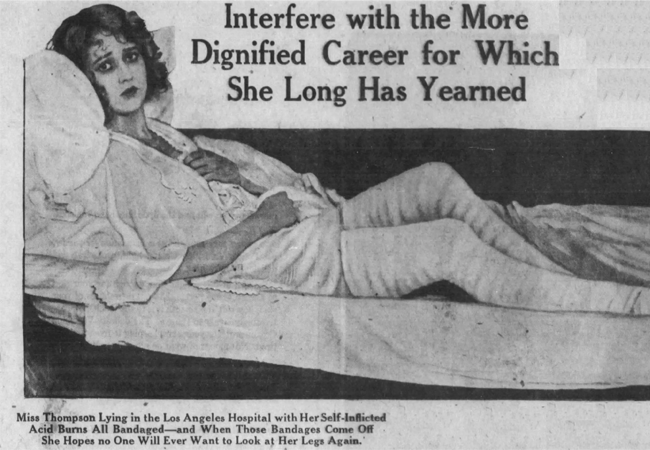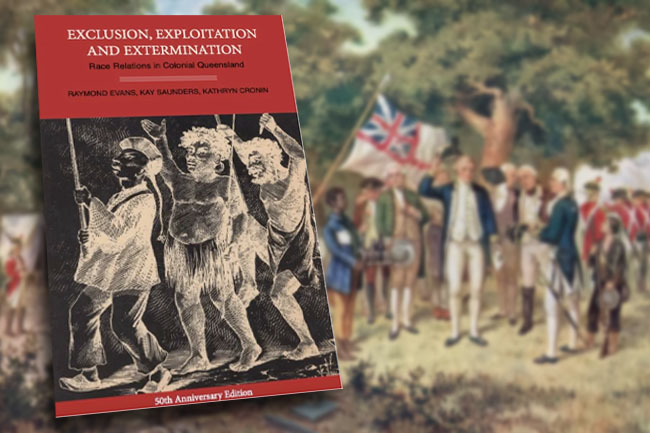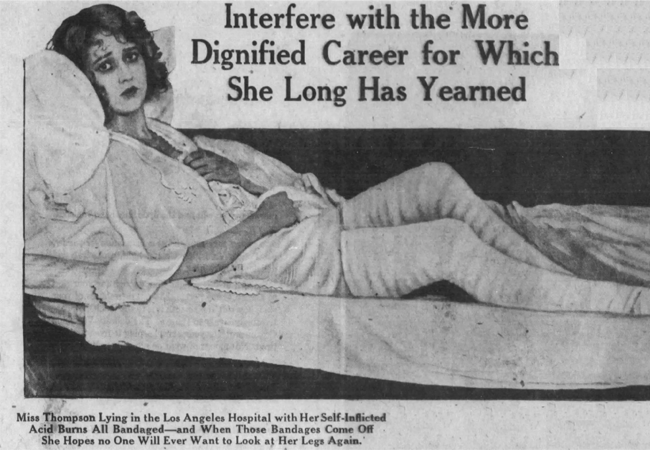A century ago, on 1 February 1925, Australian silent film star Lotus May Thompson made headlines worldwide with a shocking Hollywood scandal.
History editor Dr Glenn Davies explores the rise, fall and legacy of the 'girl with the beautiful legs' in conversation with Melissa Anderson, author of Acid Girl, her upcoming biography.
ON 1 FEBRUARY 1925, Australian silent film actress Lotus May Thompson was at the centre of one of the biggest scandals to hit Hollywood after it was reported she had poured nitric acid on herself, frustrated with Hollywood producers only offering her parts where she showed off her attractive legs. This ultimately resulted in her becoming known as the actress who attempted to throw acid on her legs in an effort to be taken seriously by directors for dramatic film roles.
I recently discussed with Melissa Anderson her reason for writing the story of Lotus May Thompson, to be called Acid Girl.
Glenn D: What is your connection to the story of Lotus May Thompson?
Melissa A: My connection to obscure Australian film star Lotus Thompson is by blood, on my mother’s side, the Thompsons.
Lotus May Thompson was born in Charters Towers on 26 August 1904, to Archie Thompson and Sarah Fellow. She was to have a younger brother, Eric. During the 1890s, her father Archie and his brother Bert worked in the gold mines of north Queensland. In Charters Towers they were to establish the Thompson Brothers Mining Company and were active in the town, helping to establish the first School of Arts.
In the late 19th and early 20th Century, Charters Towers was well-known as a gold mining town, with daily calls on its stock exchange. However, it was also a very creative community.
In 1895, the Edison kinetophone made its first Australian appearance in Charters Towers. A combination of the Edison kinetoscope and the phonograph Edison had invented, it synchronised images with sound delivered to an earpiece from a wax cylinder.
Charters Towers had a multitude of creative people. There were Welsh choirs, several champion brass bands, and in 1909 even Dame Nellie Melba came to Charters Towers to sing at the Royal Theatre as part of her back-block tours. Charters Towers was to even produce a silent era genuine Hollywood star.
In their early years, Lotus and her brother, Eric, lived at The Defiance Hotel in Charters Towers, where their mother worked. As a child, Lotus showed talent in school and church theatricals. The family moved to Sydney, where she began her career in vaudeville at 13 years old.
In 1919, when she was 15, Lotus’ admirers entered her in a beauty contest where she was awarded first prize by a unanimous vote of the judges. One of the judges was a young artist. When asked his reason for selecting her, he remarked that he chose her not so much for the beauty of her eyes, head, or lovely complexion. Instead, he admired her legs most, as they were “the sort of limbs a Diana or Venus must have had at her age”. The contest won her the title “the most beautiful girl in Australia”.
Lotus had a fantastic start in Australia as an actress, making her film debut in the 1921 drama Know Thy Child.
The Sunday Times, 1 April 1923, p.17 described Miss Thompson as:
‘18 years of age and a blonde of distinctive beauty.’
Over the next four years, she starred in eight silent films, being directed at one stage by one of the greatest Australian film directors, Raymond Longford.
On 5 March 1924, Lotus moved to Los Angeles to break into American pictures. She sailed for California on the Matson liner Ventura, with her mother Sarah.
The beautiful blonde actress started working as an extra at Hal Roach Studios, Hollywood. She spent most of her time posing for sexy photos and became known for having the best legs in Hollywood. Her legs typecast her as a ditzy blonde in light comedies and worked as a “pinch hitter” or body double.
This would not do for Lotus, who left for Hollywood to do “deep drama”. Feeling powerless and infuriated, this young, eccentric actress decided to cook up a scheme that'd show the world her talents.
On 1 February 1925, in an effort to disfigure herself, Lotus poured acid on her legs hoping to scar them beyond recovery and was promptly rushed to hospital by ambulance. She claimed she did it to be taken more seriously as an actress.
“I’ll go mad if they don’t stop it!” she reportedly wailed to her mother. “I know I can play parts, but they won’t give me a chance. Its legs — always legs! I hate them!”
The story about Lotus May Thompson’s disfigured legs made headlines all over the country and went viral worldwide.
She told reporters:
“It's sickening. I wish I never had any legs. I couldn't stand it anymore so I decided to mar them so no one would want to look at them anymore.”
The newspapers were all over it, and articles were published all around the world. It didn’t end there — they called her “Acid Girl”, questioned her sanity, mocked her ambitions and there were follow-up in-depth press interviews that finally aroused the interest of directors as well as attention and offers of work from heartthrob actor, Rudolph Valentino.
Glenn D:How did you first hear about your cousin, Lotus May Thompson?
Melissa A: One day, we went to visit the eccentric old aunts at Coogee. ‘You have a film star in the family’ they told me. My ears pricked up, ‘she went to Hollywood and… poured acid on her legs’.
Glenn D:How did you react to hearing about a film star in your family?
Melissa A: She did what? I was a 10-year-old kid from the rolling grey asphalt of western Sydney, so I was thrilled to have a connection to a movie star, but I was equally horrified and concerned.
Glenn D:What happened to Lotus after the ‘acid girl’ incident in 1925?
Melissa A: My aunts didn’t know, they had lost touch with her over the years. I remember hearing as a quiet little aside: I think she drank.
So, I began imagining her, all washed up in some seedy hovel on the Sunset Strip. Or worse, crazy lipstick marks upon the wall courtesy of a stranger she brought home one night.
From that moment, I was hooked — I had to know and I’ve spent the last 40 years looking for Lotus.
In the late 1920s, Lotus May Thompson had a successful career as a silent movie actress, although unfortunately many haven’t survived. These included The Iron Mule (1925) and in the late 1920s, many cowboy western films that were very popular at the time. Her last credited film was in Cecil B. DeMille's saucy 1930 Madame Satan, which apparently became her nickname within the media from then onwards.
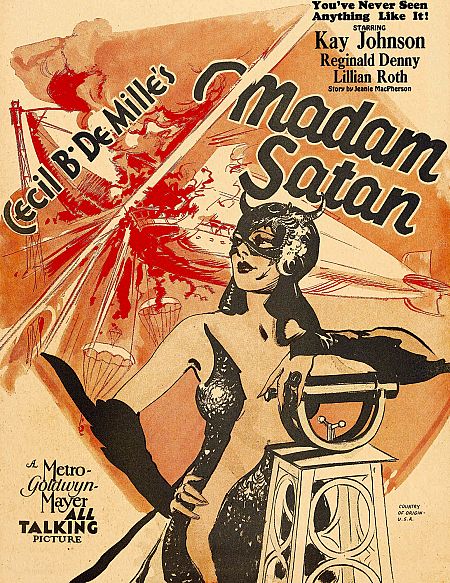
Eight years after the acid story went viral, on a return to Australia in 1933, Lotus told Smith’s Weekly the truth about the stunt that hoaxed the world. It was entirely a publicity stunt, she confirmed, encouraged and arranged by five men — and her legs underneath the bandages weren't at all injured. She claimed she pretended to do it to be taken more seriously as an actress.
Glenn D:There isn’t much written about Lotus. Did your research bring up any new information?
Melissa A: I’m pleased to say I’ve found her and a much more illustrious outcome. What I now have is the result of years of searching, finding, and compiling.
Although Lotus had contracts with some major studios, she preferred freelance work and if you know anything about those contracts, you’ll understand why. It was a guaranteed income, but actors were expected to work or be on call, 24 hours a day, seven days a week and were even loaned out to other studios. They were owned, essentially.
Throughout the 1930s and 1940s, Lotus was among a group of other “former greats” who accepted $10-$15/day for uncredited roles in some of the great films of the era. Apparently, these actors were encouraged by the movie industry to accept small roles as it was noted that they always did their assignments well and kept the movie ball rolling. It would have been galling though for previous silent screen stars, such as Lotus, who would have been 30 years old in 1935 to now be backing scenery for a “talkie” actor with less experience.
Glenn D:How many films did Lotus perform in?
Melissa A: The list of films keeps growing with new discoveries. There could be more, but at last count, Lotus performed in 55 films, and eight of those were in Australia.
Lotus May Thompson was married twice. Her first marriage was to Edward Churchill, whom she married in 1929. The marriage ended in divorce in 1936 and she remarried the following year to Stanley Robinson. Neither of the marriages produced children.
Glenn D:So, what happens now with sharing her life and career?
Melissa A: I have a complete biography, a draft manuscript, and a book is coming out in the middle of 2025.
Glenn D:What do you think remembering the centenary of Lotus’ acid stunt tells us about how women were treated in Hollywood at the time?
Melissa A: On the 1st of February 2025, this date marks the centenary of the day in 1925 when Lotus took to her legs to highlight the power imbalance between directors and actresses in Hollywood.
Even as a stunt, it gave Thompson a platform to speak about how it feels to be a young outsider actress trying to make it in Hollywood in the 1920s. It’s such a gift.
Can you imagine? Thompson went 1920s viral, with articles, interviews and exposure all around the world.
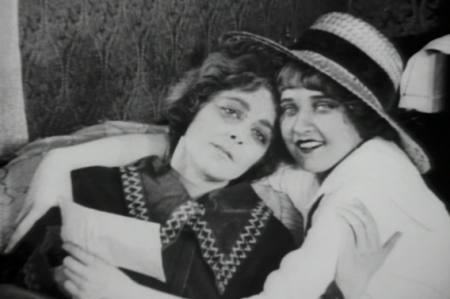
And Thompson blasts an industry that, in its early days just a decade before, included men as well as women in all sorts of roles: writing, directing, editing, everything really, but when the big banks began financing film, they decided women could be stars only so the casting couch culture began.
Glenn D:Why do you think a talented actress like Lotus faded from the limelight and remained so obscure?
Melissa A: Hollywood was every bit as competitive as it is today — maybe more so. It was a new art form and everybody wanted to be in the pictures.
While Lotus may have initially been starstruck, seeking fame, the time came when she realised her “star” was fleeting, but she just kept turning up. She kept going, refusing to leave, even at risk of the papers humiliating “a former great”. She was living with her husband quite comfortably and didn't need the money, she did it because she loved it. It was her life. And I think that’s what I love most about her — her defiance, her courage and the acid stunt, of course.
Thompson was a pioneer but has remained obscure, possibly because we know so very little about early Australian film. I think there is definitely a documentary or a film in here, too.
Even though Lotus May Thompson’s film career was never to translate successfully to leading “talkies” lady, by the time it ended in California in 1949, she had appeared in 55 motion pictures.
However, Lotus May Thompson is mainly remembered for her actions on 1 February 1925 when she claimed she had poured acid on her legs in an effort to disfigure herself.
She died in Burbank, California on 19 May 1963, aged 56 years.
Melissa Anderson’s book seeks to unravel the enigmatic life of Lotus Thompson, shedding light on her struggles, triumphs and the indomitable spirit that defined her. It is a tribute to a woman who defied the conventions of her time and left a quintessentially Australian mark on the world of cinema.
I’m looking forward to reading it later in the year.
Acid Girl is to be published by AndAlsoBooks from Brisbane in 2025.
You can follow history editor Dr Glenn Davies on Twitter/X @DrGlennDavies.
 This work is licensed under a Creative Commons Attribution-NonCommercial-NoDerivs 3.0 Australia License
This work is licensed under a Creative Commons Attribution-NonCommercial-NoDerivs 3.0 Australia License
Support independent journalism Subscribe to IA.



